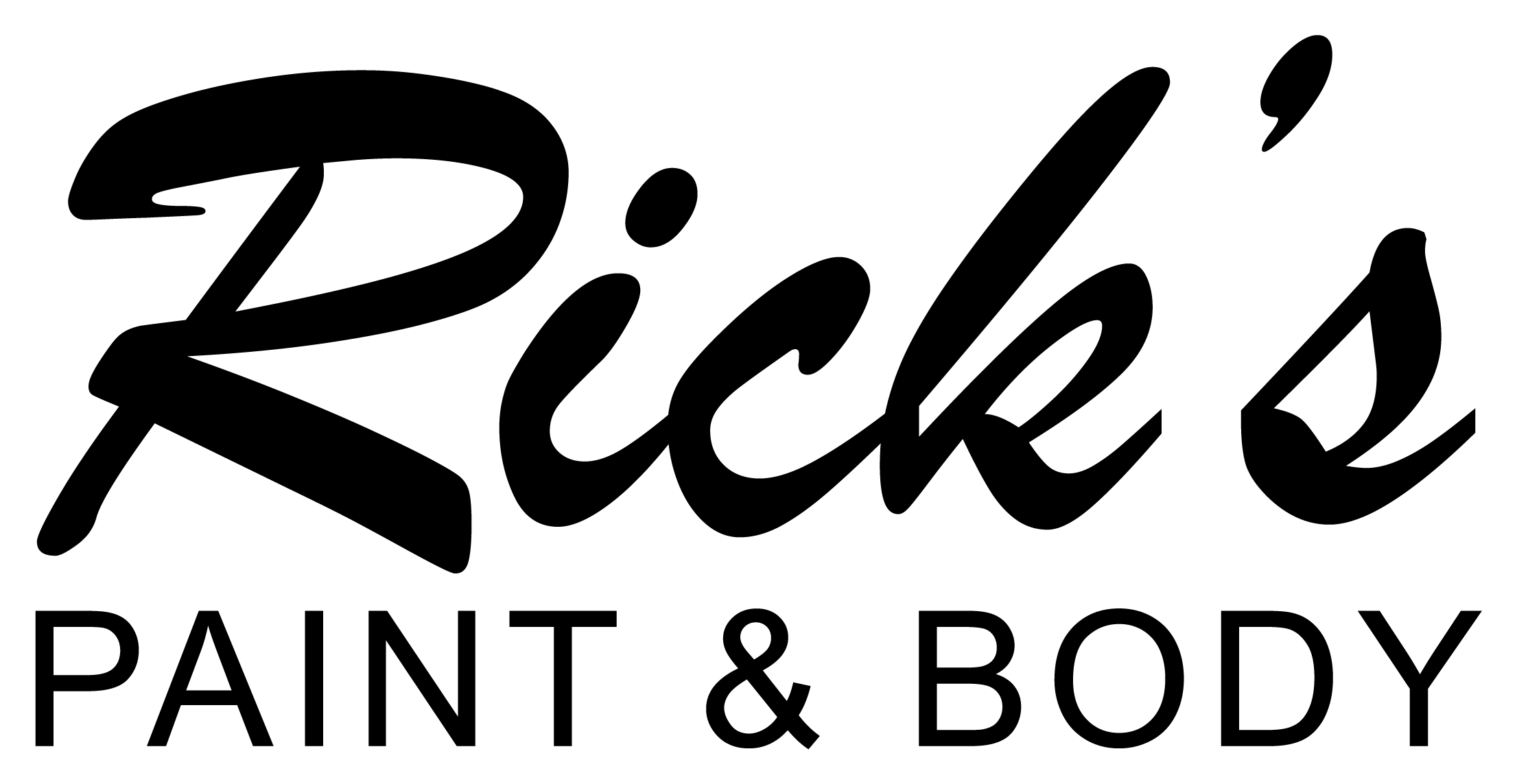When your vehicle needs a facelift or repair after an accident, the process can seem shrouded in mystery.
What exactly happens behind the closed garage doors during the collision repair? Understanding this transformation process can ease the anxiety of handing over your car for repairs and give you insight into the craftsmanship and meticulous work that goes into restoring your vehicle to its former glory.
In this detailed exploration, we’ll demystify the journey your vehicle undergoes, from assessment to the final polish at a leading paint and body shop.
Initial Assessment and Estimate
The first step in the collision repair process is a thorough assessment of your vehicle’s damage. This involves a detailed inspection to identify all areas needing repair, from superficial scratches to deeper structural issues.
At this stage, the goal is to compile a comprehensive list of repairs needed, which serves as the basis for the estimate. This estimate outlines the cost and timeline for the work, giving you a clear understanding of what to expect.
Disassembly and Further Evaluation
Once your vehicle enters the repair phase, technicians at the paint and body shop begin by disassembling the affected areas to better assess the damage. This step often reveals hidden issues not visible during the initial inspection. It’s crucial for ensuring that all damage is identified and addressed, guaranteeing a thorough repair.
Body Repair: The Foundation of Transformation
The body repair stage is pivotal in the journey of reviving your vehicle. It’s here that the tangible transformation unfolds, as skilled technicians meticulously work to rectify the physical scars of damage.
This phase encompasses a range of techniques aimed at restoring the vehicle’s body to its original condition.
From precision hammering to smoothing out dents and creases to the careful replacement of panels that are beyond repair, each step is taken with the utmost care and attention to detail. In more severe cases, welding new parts into place is required to ensure the vehicle’s framework is robust and intact.
Technicians also focus on aligning the vehicle’s structure to factory specifications, a critical step that ensures safety and functionality.
This process not only restores the vehicle’s aesthetic appeal but also its structural integrity, ensuring that it looks and performs as intended. The goal is to erase the traces of damage, making it seem as though the incident never occurred.
Through a combination of expert craftsmanship and state-of-the-art tools, the body repair stage sets the foundation for the vehicle’s rejuvenation, ensuring it’s prepared for the next steps in its transformation.
Surface Preparation: The Art of Achieving Perfection
Surface preparation is an art form in itself, critical to the painting process and the overall aesthetics of the vehicle. Before a single drop of paint is applied, the vehicle’s body must be meticulously prepared to ensure the best possible outcome.
This stage begins with a thorough sanding, which smooths the surface and removes any residual blemishes from the body repair phase. Each nook and cranny is addressed to create a uniform surface, laying the groundwork for a flawless finish.
Following sanding, a high-quality primer is applied to the vehicle. This primer serves multiple purposes: it helps the paint adhere to the body, provides an additional layer of protection against corrosion, and ensures that the paint’s color is vivid and true to tone.
After the primer sets, the vehicle is sanded once again, this time with a finer grit. This final sanding is crucial for eliminating any minor imperfections and achieving a surface that’s as smooth as glass.
Painting
The painting phase is where the vehicle begins to look like itself again. Using state-of-the-art color-matching technology, the paint and body shop ensures the new paint perfectly matches the vehicle’s original color. After applying several layers of paint and clear coat, the vehicle is baked in a high-temperature oven to cure the paint, enhancing its durability and shine.
Reassembly and Final Touches
After painting, the vehicle is reassembled with meticulous attention to detail. This includes reinstalling all parts removed during the disassembly stage, from external trim to the interior components. Technicians also perform a series of checks and adjustments to ensure everything functions correctly, aligning doors, adjusting panel gaps, and reinstalling any hardware or accessories.
Quality Inspection and Detailing
The final step before your vehicle is returned to you is a comprehensive quality inspection. This ensures that all repairs and paintwork meet the paint and body shop’s high standards. The vehicle is also thoroughly cleaned and detailed, which includes polishing the exterior and cleaning the interior, ensuring your car looks its best when it leaves the shop.
Conclusion: Your Vehicle Restored to Perfection
Navigating the aftermath of vehicle damage can be stressful, but understanding the process can help alleviate some of that stress. At a reputable paint and body shop, like Rick’s Paint & Body, every step of your vehicle’s transformation is handled with precision, care, and a commitment to quality.
Since 1976, we’ve dedicated ourselves to providing the Augusta area with unparalleled collision repair services, earning the trust of our community through hard work, transparency, and superior craftsmanship.
If your vehicle needs repair or a new coat of paint, trust the experts at Rick’s Paint & Body to deliver top-notch service and restore your car to its original condition, if not better.
Use our online estimate tool for a quick way of seeing what we can do for you!




Leave a Reply